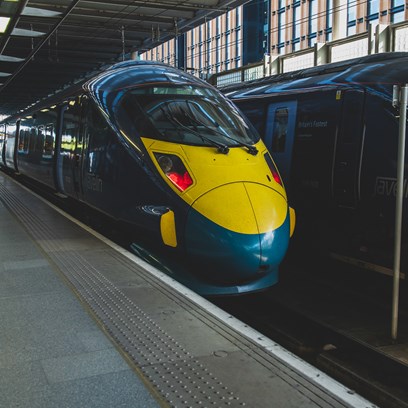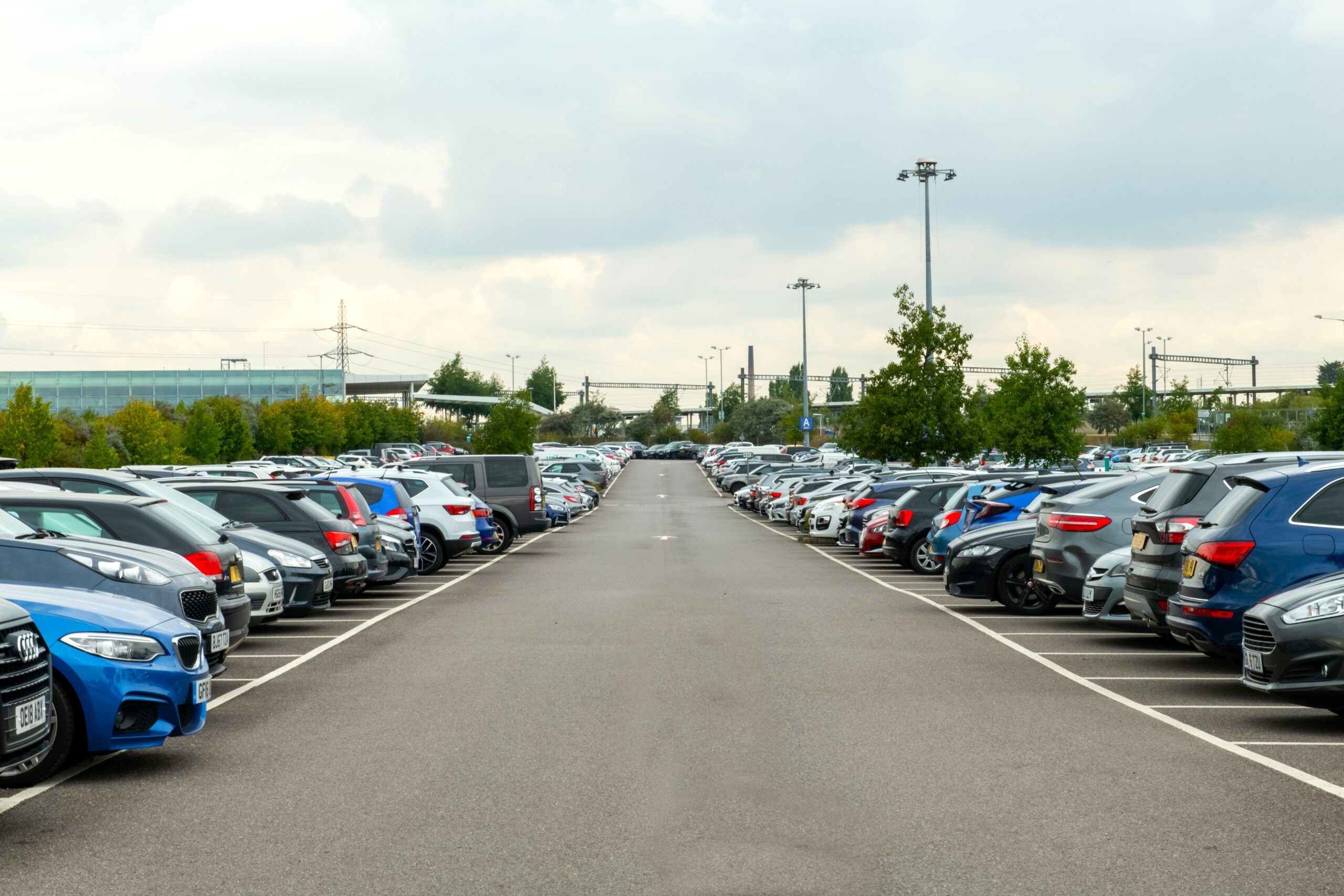Travel by international high-speed rail set to triple by 2040 with ticket prices falling by a third
Travel by international high-speed rail set to triple by 2040 with ticket prices falling by a third
Demand for international rail travel on the UK’s only high-speed line which runs from London to Folkestone is predicted to triple over the next 15 years increasing from 11 million to 35 million passengers per year, a new study published today shows.
The study was announced at a rail stakeholder event where Lord Hendy of Richmond Hill, Minister of State for Rail, gave a keynote speech. The study, commissioned by London St. Pancras Highspeed and conducted by infrastructure consultancy Steer, suggests that expected growth and competition on the high-speed line could lead to fare reductions of up to 30 per cent.
Modelling also indicates that up to 18 additional daily services could run on existing routes, while demand could support the launch of trains to as many as five new destinations across western Europe.
The report comes after London St. Pancras Highspeed revealed a package of financial incentives last week to encourage new and existing operators to increase services on the line, which is currently operating at 50 per cent capacity.
And there are plans to more than double international passenger capacity at St. Pancras station to nearly 5,000 passengers per hour to accommodate the expected growth in the next decade and beyond.
London St. Pancras Highspeed has recently signed a Memorandum of Understanding with Eurotunnel aimed at cutting journey times, improving timetable coordination, and incentivising more trains and routes.
Robert Sinclair, CEO of London St. Pancras Highspeed, said: “This report points to the biggest transformation in international high-speed rail travel in a generation.
“Passengers are increasingly choosing rail over air for climate reasons and because they like the convenience and comfort of direct city centre to city centre travel.
“With collective determination and action, we can triple passenger numbers, lower fares, and unlock new destinations across Europe. Our growth incentive is a catalyst to help make this vision a reality by supporting operators to introduce new services faster, shaping an exciting future for international rail.”
Sustainability is increasingly important to passengers. In 2023, one in three travellers reported flying less for climate reasons, underlining the appeal of international rail travel. There is also a growing acceptance of longer journey times due to the convenience of train travel with direct city centre to city centre travel.



